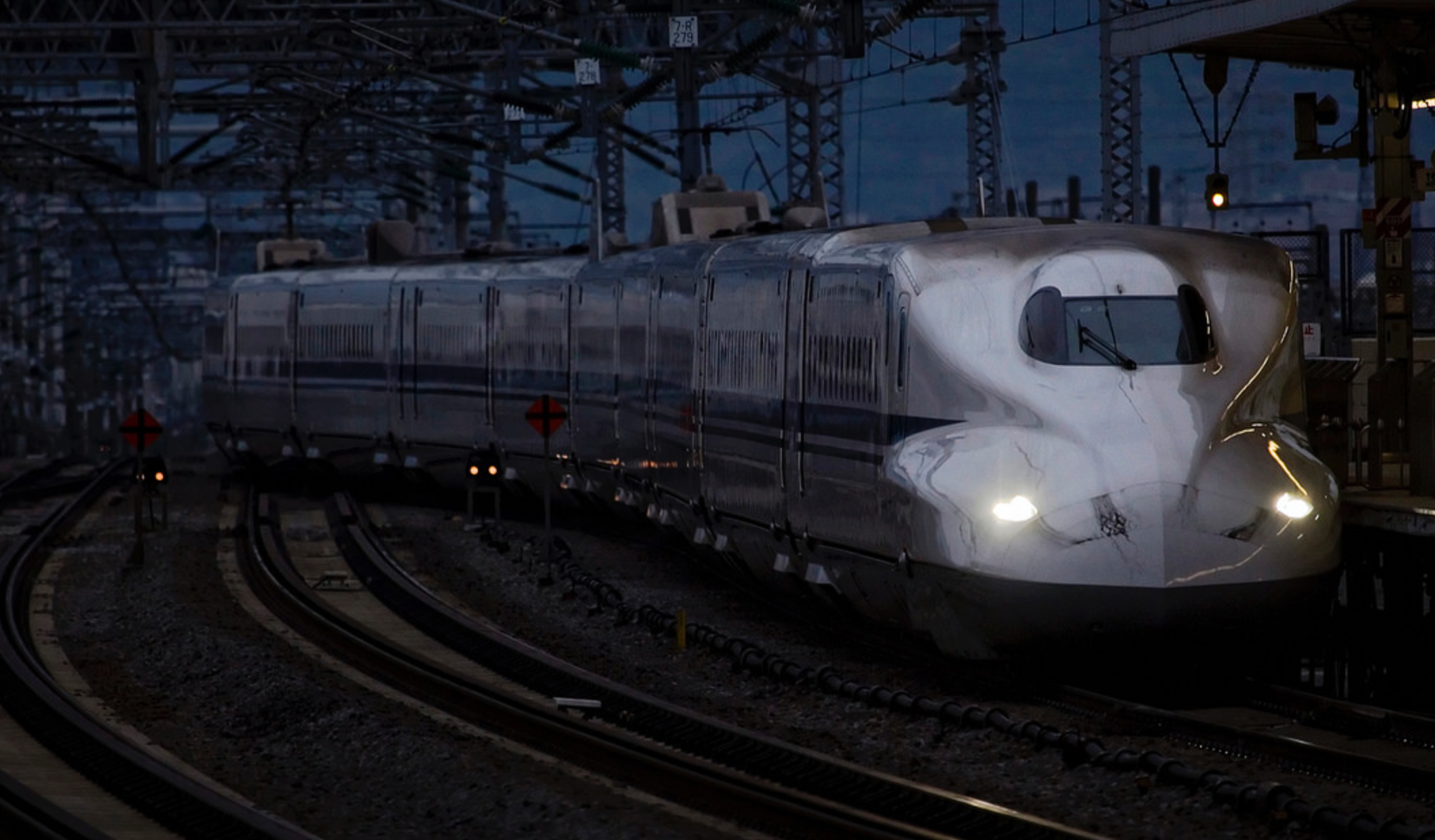The much anticipated rail connection between Dallas and Houston took a step forward in what Houston mayor Sylvester Turner called a "huge win for taxpayers."
The agreement signed Thursday between the city and the train developers, Texas Central, pushes forward plans to create a well-connected passenger station, to be located outside Loop 610, south of U.S. 290.
According to the memorandum, the station would be built with an eye to creating a "high level of integration with local transit systems,” including “convenient, efficient and direct access for passengers to and from local transit systems."
The decision in 2015 not to locate the station in downtown via two possible routes drew criticism from some. "Both would have resulted in environmentally-significant damage to the Heights Boulevard Esplanade - part of a national historic district - and Cottage Grove Park west of T.C. Jester," according to the Houston Chronicle.
Metro board member Jim Robinson suggested instead extending a light rail line to connect to the high-speed rail station.
Since then the construction start date has been further delayed, moving from 2017 to late 2018 or possibly 2019, according to the Houston Chronicle. Texas Central has signed a similar memorandum with the City of Dallas.
"As I shared in my State of Mobility address, Houston needs a paradigm shift - a comprehensive approach to mobility that includes all forms of transportation,” Turner said in a statement. “Certainly, a high-speed train to Dallas is a glowing idea among the options, especially when state transportation officials project traffic congestion on Interstate 45 between Houston and Dallas will double by 2035, increasing travel time from about 4 hours to more than 6.5 hours. Simply building more highways is not the answer.”
The agreement signed Thursday commits the private company to recruiting workers from the Houston area, including "recruiting construction contractors, subcontractors and employees from the Houston-area job market for the construction of the project and its maintenance and operation," according to the statement. "At least a third of the permanent jobs after construction will be created within the city."

